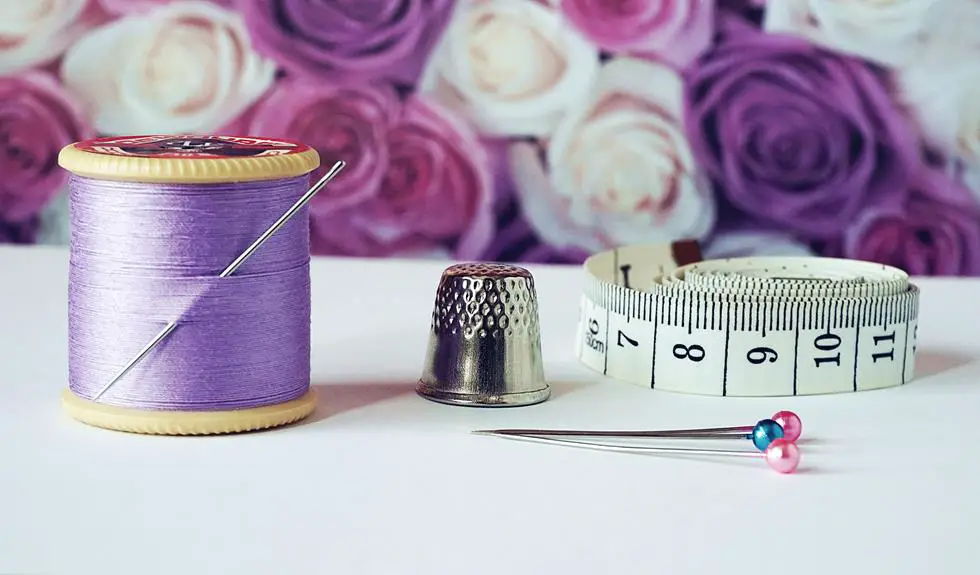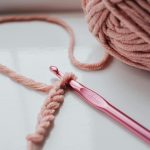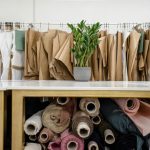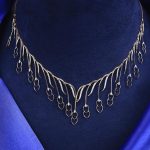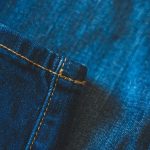When you're ready to tackle brocade fabric, it's essential to understand its unique characteristics and how they affect your sewing experience. You'll want to prepare your workspace meticulously and select the right tools to ensure a smooth process. From choosing the right sewing machine attachments to employing specific techniques, each step plays a crucial role in achieving that polished finish. But before you start, consider the common pitfalls many encounter and how to avoid them—these insights could make all the difference in your next project.
Table of Contents
Understanding Brocade Fabric
Brocade fabric is a luxurious textile known for its intricate patterns and rich texture, making it a popular choice for formal attire and home decor. When you work with brocade, you'll notice its weight and structure, which provide a stunning drape but can also pose challenges during sewing. This fabric often includes silk, polyester, or metallic threads, enhancing its opulence and visual appeal.
You should also be aware that brocade tends to fray easily. To combat this, use a serger or a zigzag stitch on the edges before you begin sewing. Choosing the right needle is crucial; a sharp or universal needle works best to pierce through the dense fibers without damaging them.
Additionally, you'll want to select thread that matches the fabric's weight—cotton or polyester threads are ideal. When it comes to cutting, use sharp scissors or a rotary cutter for clean edges. Remember, brocade's texture can make it slippery, so pinning your pieces adequately is essential to keep everything aligned.
Preparing Your Sewing Space
Before you start sewing with brocade, make sure your workspace is organized and well-lit to enhance your focus and efficiency. A clutter-free area lets you concentrate on your project without distractions, and good lighting helps you see the intricate patterns and textures of the fabric clearly.
Here are three essential items to include in your sewing space:
- Cutting Mat: A self-healing cutting mat provides a smooth surface for cutting your brocade, protecting your table and ensuring precision in your cuts.
- Storage Bins: Use storage bins to keep your fabric, threads, and notions neatly organized. Label them for easy access, so you won't waste time searching for supplies.
- Ironing Station: Set up an ironing station close to your sewing area. A good iron and a pressing cloth are vital for getting crisp seams and removing any wrinkles from your brocade before you start sewing.
Choosing the Right Tools
Selecting the right tools is crucial for achieving the best results when sewing with brocade fabric.
First, you'll need a sharp pair of fabric scissors or a rotary cutter. Brocade can be thick and somewhat slippery, so a clean cut is essential for accuracy.
Next, invest in high-quality pins and a pin cushion to keep your fabric secure without damaging it. Opt for fine, sharp pins that won't leave large holes in the fabric.
You'll also want to use a sewing machine with a walking foot or a Teflon foot. These tools help manage the fabric's thickness and texture while feeding it evenly through the machine.
Additionally, choose a needle suitable for heavier fabrics—like a universal or jeans needle—to prevent breakage and ensure smooth stitching.
Don't forget about thread! Use polyester or silk thread for durability and a polished finish.
Finally, having a good iron on hand is essential. A steam iron will help you press seams and edges, giving your final project a professional look.
With these tools in your arsenal, you'll be well-equipped to tackle your brocade sewing project effectively.
Sewing Techniques for Brocade
With the right tools in hand, you'll find that mastering sewing techniques for brocade can elevate your projects significantly. Brocade's rich texture and intricate patterns require special attention during the sewing process.
Here are three essential techniques to keep in mind:
- Use a Walking Foot: This specialized foot helps prevent fabric shifting, ensuring that your brocade layers stay aligned while you sew, resulting in a clean finish.
- Pin or Clip Generously: Brocade can be slippery, so don't hesitate to use plenty of pins or fabric clips. This will keep your pieces secure and help maintain the design alignment as you stitch.
- Choose the Right Needle and Thread: Opt for a sharp needle, like a universal or microtex needle, to penetrate the fabric without snagging. Pair it with a high-quality polyester thread that complements your brocade's texture.
Caring for Brocade Creations
Caring for your brocade creations ensures they maintain their beauty and longevity, so it's important to follow specific cleaning and storage guidelines. Always check the care label on your fabric, as some brocade types may require dry cleaning. If you decide to hand wash, use cold water and a gentle detergent. Avoid wringing or twisting the fabric to prevent damage.
When it comes to storage, keep your brocade items in a cool, dry place away from direct sunlight to prevent fading. Use padded hangers for garments, and for smaller items, consider a breathable cotton bag.
Here's a quick reference table for your brocade care:
| Care Type | Guidelines |
|---|---|
| Washing | Hand wash in cold water |
| Dry Cleaning | Preferable for most brocade |
| Ironing | Low heat, use a pressing cloth |
| Storage | Cool, dry area, avoid sunlight |
| Stain Removal | Blot gently, avoid scrubbing |
Following these tips will keep your brocade looking stunning for years to come!
Frequently Asked Questions
Can Brocade Fabric Be Used for Upholstery Projects?
Yes, you can use brocade fabric for upholstery projects. Its rich texture and durability make it a great choice for adding elegance to furniture. Just ensure it's properly treated for longevity and easy maintenance.
Is Brocade Suitable for Beginner Sewists?
Brocade can be a bit challenging for beginner sewists due to its weight and texture. If you're ready to tackle it, just remember to use the right tools and practice patience for best results.
What Are Common Brocade Fabric Blends?
Common brocade fabric blends include silk, polyester, and cotton. You'll often find silk brocade for luxurious looks, while polyester blends offer durability. Cotton brocade combines comfort and elegance, making it versatile for various projects.
How Do I Store Brocade Fabric Properly?
To store brocade fabric properly, you should fold it gently and avoid creasing. Keep it in a cool, dry place, away from direct sunlight, and use breathable fabric bags to prevent dust accumulation and damage.
Can I Dye Brocade Fabric After Sewing?
You can dye brocade fabric after sewing, but it can be tricky. The dye might not penetrate evenly due to the fabric's texture and finish. Always test on a small piece first to ensure desired results.
- Recycling Nonwoven Fabrics: Is It Possible? - July 11, 2025
- Recycling Nonwoven Fabrics: Is It Possible? - July 11, 2025
- Recycling Nonwoven Fabrics: Is It Possible? - July 11, 2025

